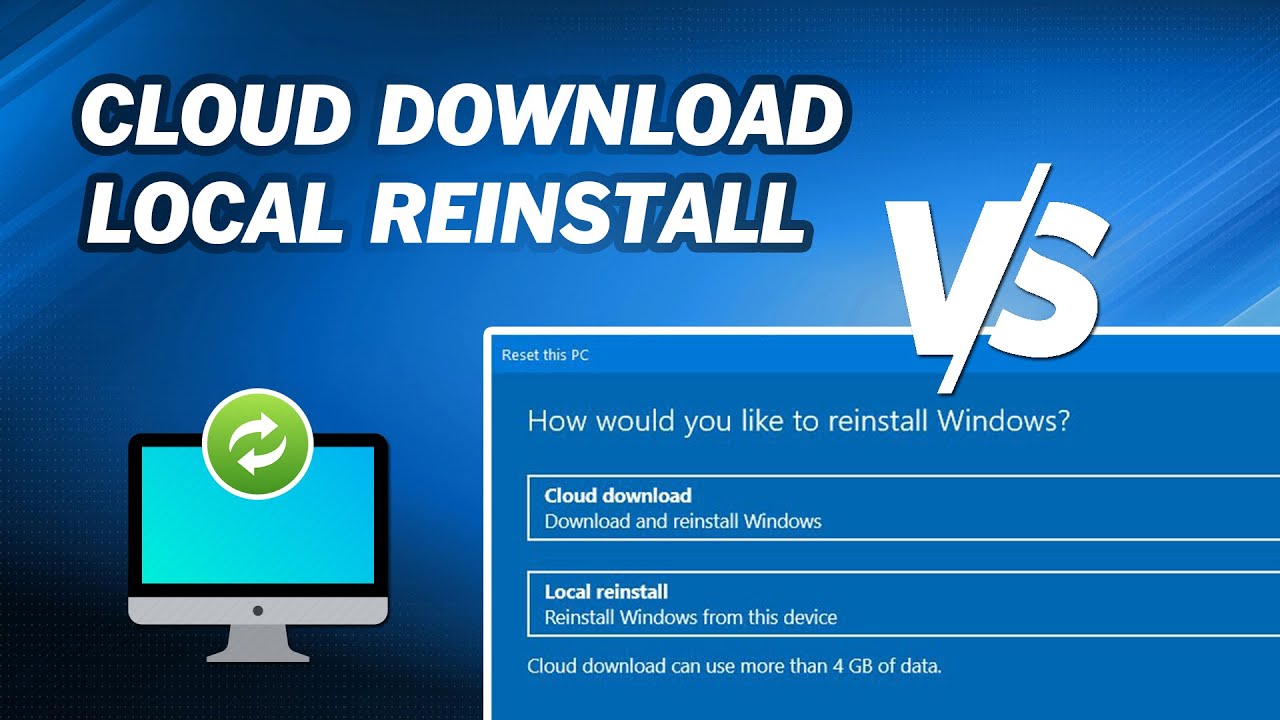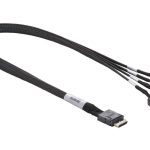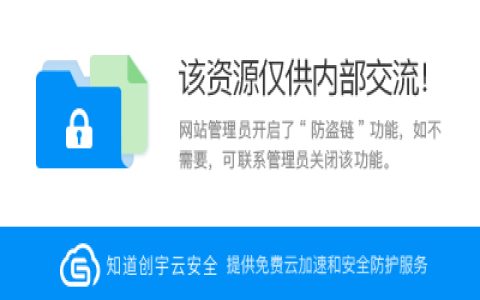Choosing between cloud download and local reinstall for Windows setup significantly impacts system stability and setup experience. Here's how to decide:
Cloud Download (Windows Setup)
Best for: Most users prioritizing speed, simplicity, and modern hardware.
- Major Advantage: Downloads latest OS version and cumulative updates directly from Microsoft servers during installation. Ensures you start with the most recent build.
- Benefit: Smaller initial file footprint. The setup executable is small; core OS files download during the process.
- Benefit: Automatic driver handling. Windows Update attempts to fetch essential drivers post-install, often suitable for standard hardware.
- Use Case: Quick recovery/reinstall on PCs with stable, high-speed internet connections.
Local Reinstall (Using ISO/USB Media)
Best for: Complex environments, unreliable internet, hardware compatibility concerns.

- Major Advantage: Installs from a known-good, self-contained source. Essential when internet access is limited/unstable.
- Benefit: Full control over the installation source. Use a specific, potentially older, known stable OS build if required.
- Benefit: Prevents network-related setup failures. Avoids download corruption issues mid-installation.
- Benefit: Easier driver integration. Slipstream or manually inject specific drivers during/after setup for legacy or non-standard hardware.
- Use Case: Enterprise deployments, custom hardware builds, outdated systems needing specific drivers, environments with bandwidth caps.
Expert Recommendations
- Default to Cloud Download if: You have fast, reliable internet and a relatively modern system (post-2018 hardware recommended). It provides the most up-to-date OS baseline efficiently.
- Choose Local Reinstall if:
- Internet is slow, metered, or unstable.
- Deploying at scale in an enterprise.
- Hardware has rare, old, or custom components (e.g., RAID controllers, specific peripherals).
- You need precise control over the OS build version.
- Previous cloud downloads failed (indicates potential local network issues).
- Critical Post-Install Step for Both: Immediately install critical chipset drivers (from motherboard/laptop OEM) before other drivers or major updates. This ensures stable hardware communication.
- Validation: Always verify download integrity (for local ISO) or ensure successful completion (for cloud) before proceeding.












